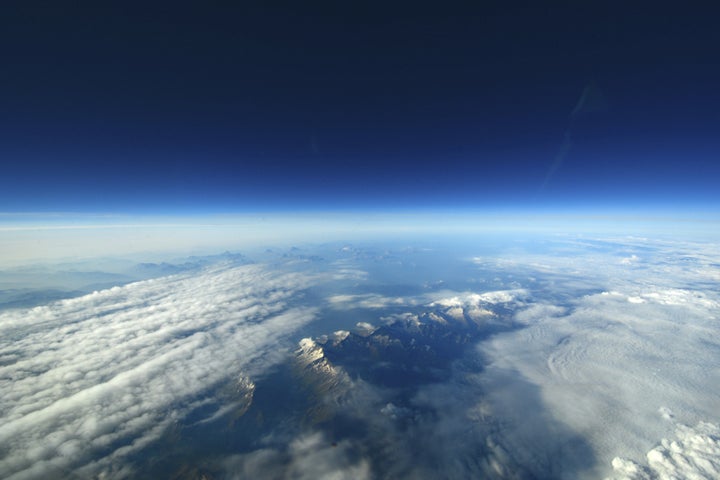
Scientists have put forward an ambitious theory which suggests that by firing giant lasers at clouds, humanity can slow the effects of climate change.
Now this might sound like something out of a Bond film but actually it's a legitimate theory that has been put forward by scientists at the University of Geneva.
What the team propose is that giant, high-intensity lasers are directed at the ice crystals found in cirrus clouds.

The moment the laser hits the ice particle, ultra hot plasma forms and a shockwave breaks the particle apart. The subsequent water vapour then condenses and freezes into larger numbers of smaller particles.
Why would we do that? Well these ice particles are very good at reflecting light, and in turn heat from the sun. By increasing the number of ice particles you are then directly increasing the amount of light that's being reflected back into space.
There is however a small need for some reality, you see even the paper's co-author Mary Matthews has admitted that using lasers on clouds is a "long, long, long way in the future."

For starters we need to drastically increase our technology surrounding high-powered, mobile lasers.
Secondly there are some concerns from fellow academics that the laser treatment could actually do more harm than good.
Speaking to Science News, Trude Storelvmo of Yale University warns that these clouds don't just reflect heat, they can trap it as well. So by breaking up the ice particles you would potentially be increasing the amount of heat trapped inside them.
So while this technology is clearly a long way off we can instead sit back and imagine a world where firing giant lasers at clouds is as normal as a plane flying overhead.
